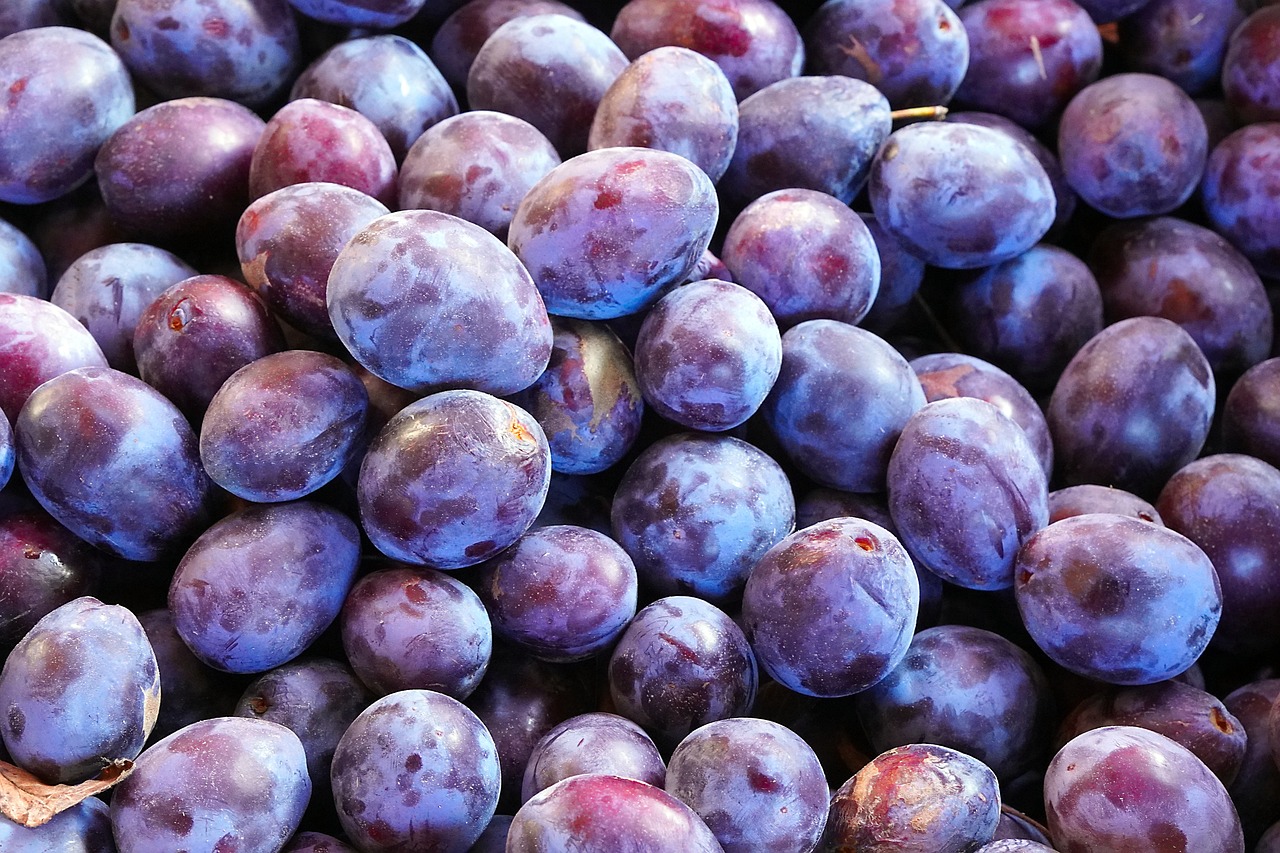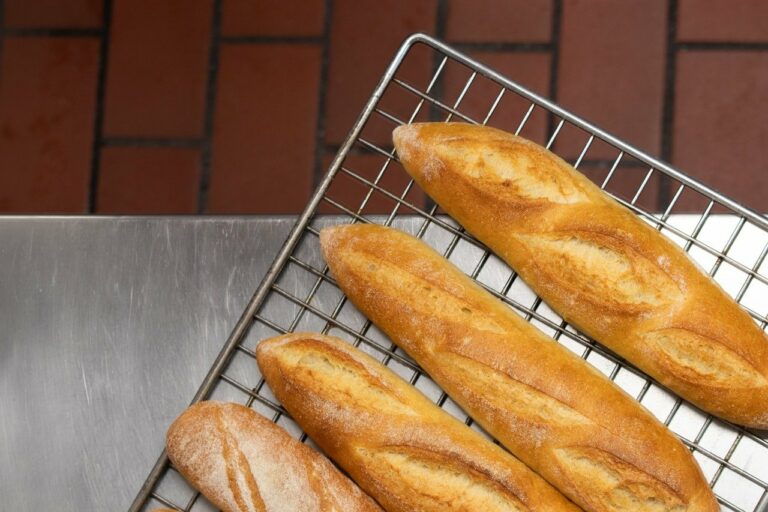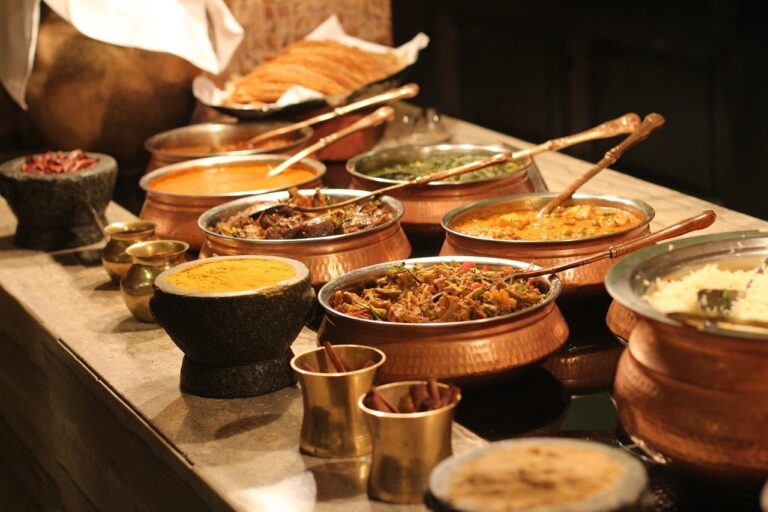The Evolution of Food Packaging: Balancing Convenience and Environmental Sustainability
Food packaging has been an integral part of human civilization since the early days of hunting and gathering. In ancient times, various materials like leaves, animal skins, and woven baskets were used to store and transport food, ensuring its preservation and portability. The evolution of food packaging continued as civilizations advanced, with materials such as ceramic pots, glass containers, and tin cans becoming prominent for preserving food.
The industrial revolution marked a significant shift in food packaging, with the mass production of paper and cardboard enabling the widespread use of standardized packaging for goods. The 20th century saw a revolution in food packaging technology, with the introduction of plastics that offered new possibilities in protecting and presenting food products. The history of food packaging reflects not just the developments in material sciences but also the changing needs and demands of consumers throughout the ages.
Impact of Convenience on Food Packaging
Convenience has become a driving factor in the evolution of food packaging. Consumers today lead fast-paced lifestyles, demanding easy-to-use packaging that fits their on-the-go needs. This shift has led to the rise of single-serving options, resealable pouches, and microwaveable packaging that cater to the need for quick and effortless meal solutions.
In response to the demand for convenience, food packaging has undergone significant advancements to enhance ease-of-use for consumers. From grab-and-go snack packs to pre-portioned meals, packaging designs have been tailored to streamline meal preparation and consumption. This emphasis on convenience has not only transformed the way we interact with food but also revolutionized the packaging industry as a whole.
Emergence of Sustainable Packaging Solutions
Sustainable packaging solutions have become a growing trend in response to mounting environmental concerns. This shift indicates a departure from traditional packaging materials, such as plastic and Styrofoam, towards more eco-friendly options like biodegradable plastics, compostable materials, and reusable containers. With the aim of reducing waste and minimizing carbon footprint, businesses are increasingly adopting sustainable packaging practices to meet consumer demands for greener alternatives.
The rise of sustainable packaging solutions is not only motivated by ecological considerations but also driven by economic factors. Companies are recognizing the potential cost savings associated with sustainable packaging, as well as the opportunities for enhancing their brand image and market competitiveness. By investing in environmentally friendly packaging options, businesses can appeal to eco-conscious consumers and differentiate themselves in a crowded market, thus paving the way for a more sustainable future in the food industry.
What is the history of food packaging?
Food packaging has been around for centuries, with early civilizations using materials like leaves, shells, and animal skins to store and transport food.
How has convenience impacted food packaging?
The demand for convenience has led to the development of single-use, non-biodegradable packaging materials that have contributed to environmental issues like pollution and waste.
What are sustainable packaging solutions?
Sustainable packaging solutions are materials and practices that minimize environmental impact, such as biodegradable packaging, recyclable materials, and reusable containers.
Why is it important to shift towards sustainable packaging?
Shifting towards sustainable packaging is crucial to reduce the negative impact of packaging waste on the environment, including landfills, waterways, and wildlife.
How can consumers support sustainable packaging solutions?
Consumers can support sustainable packaging solutions by choosing products with eco-friendly packaging, recycling and composting packaging materials, and advocating for sustainable practices in the industry.







